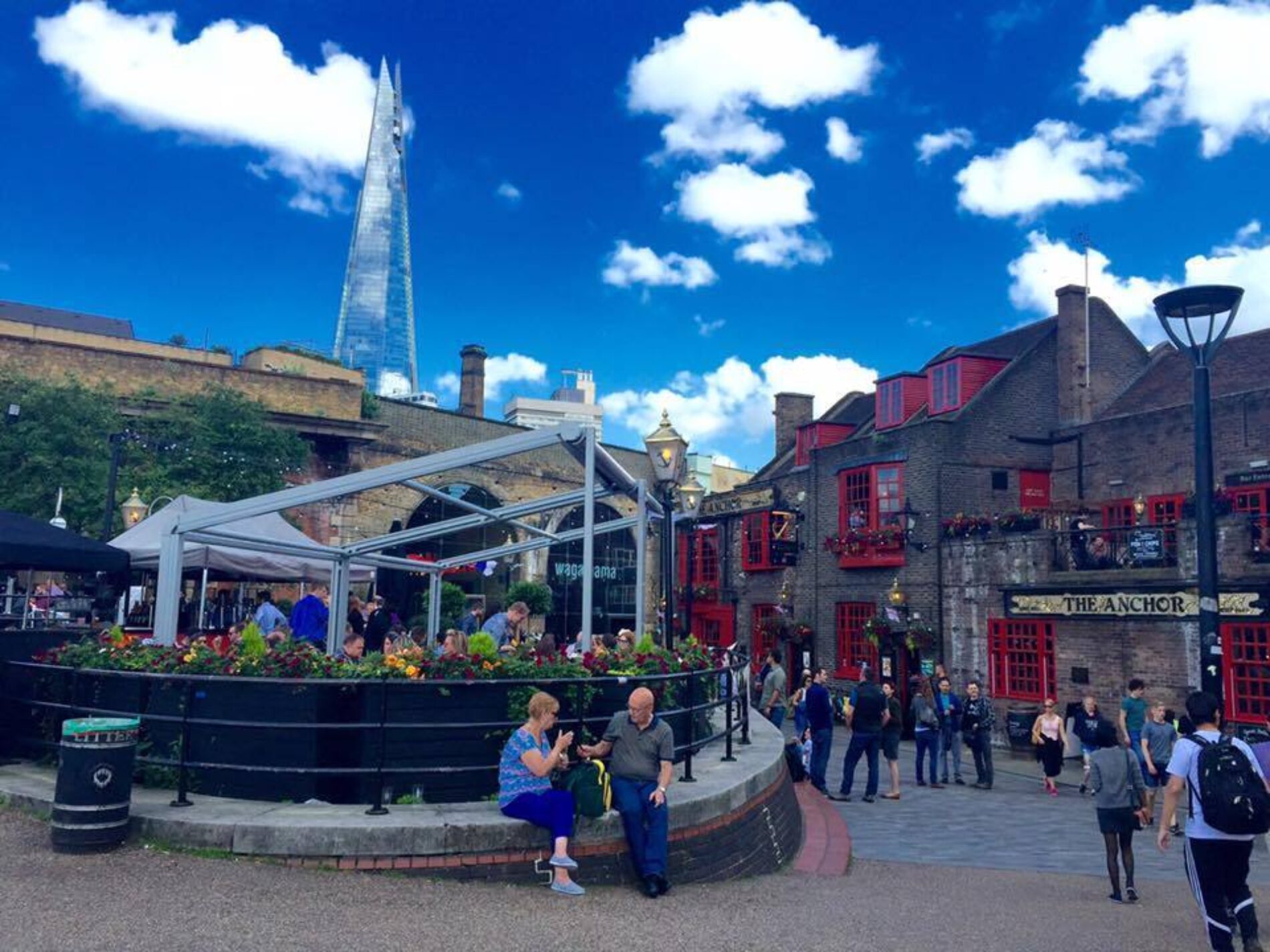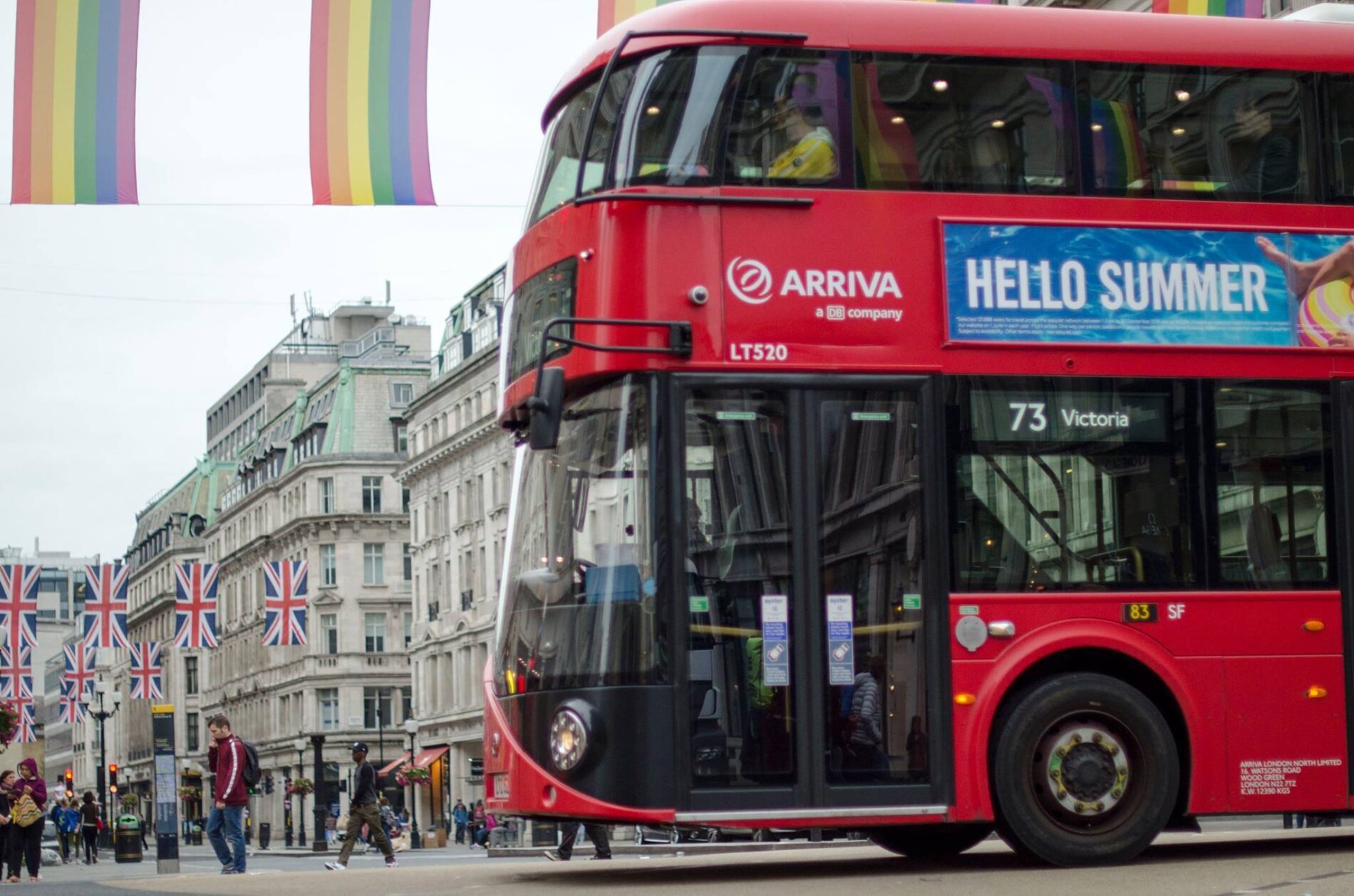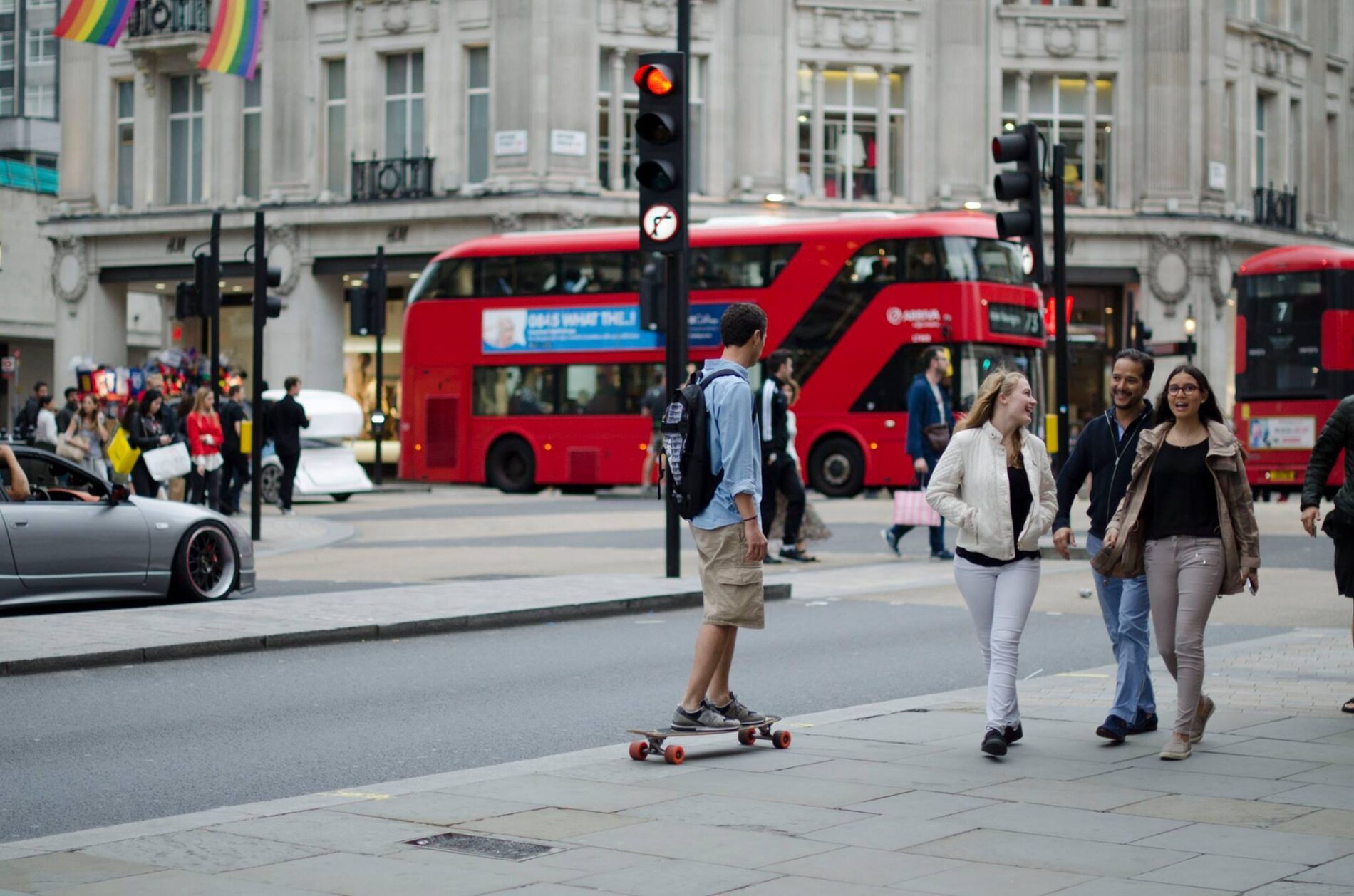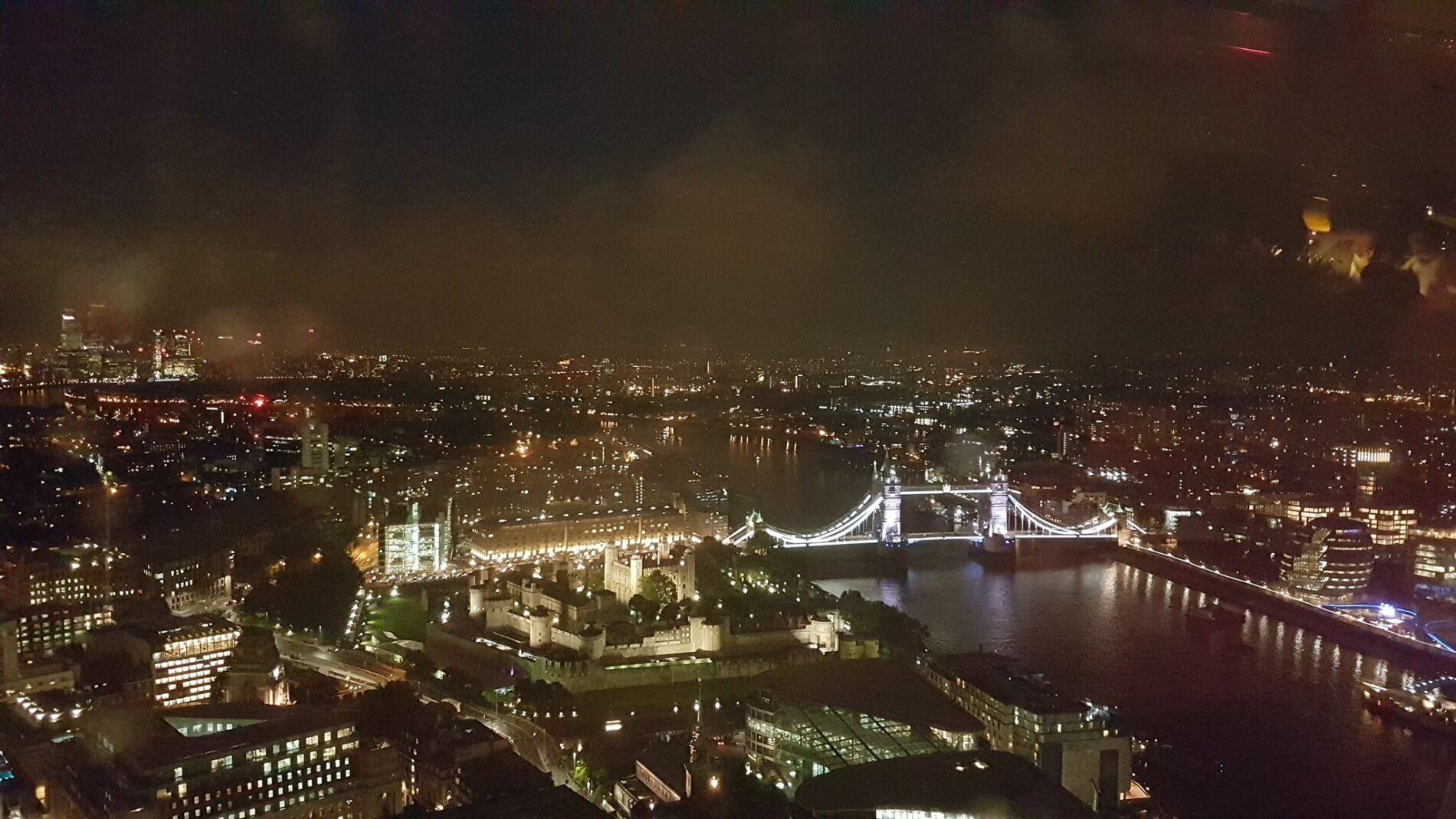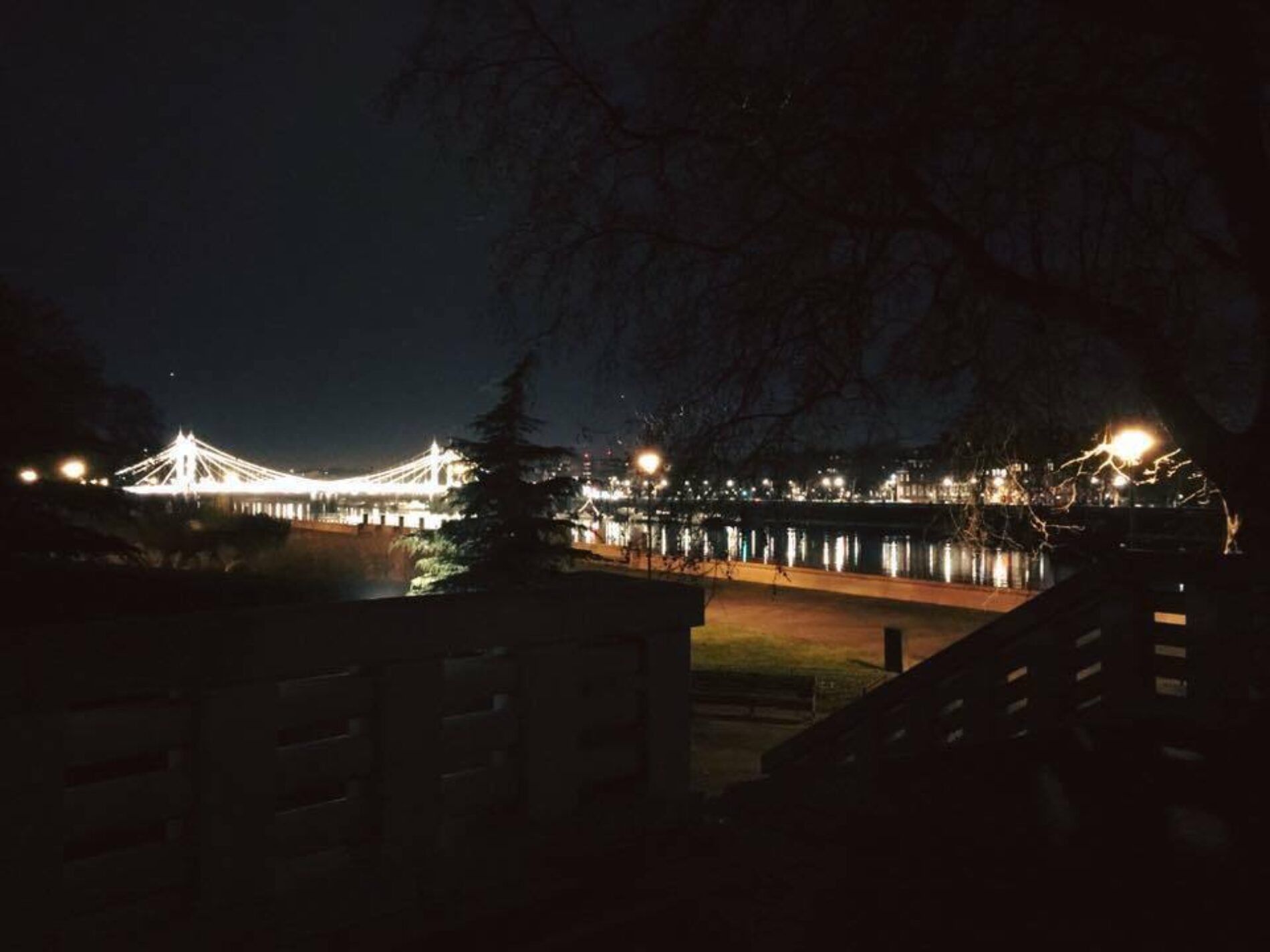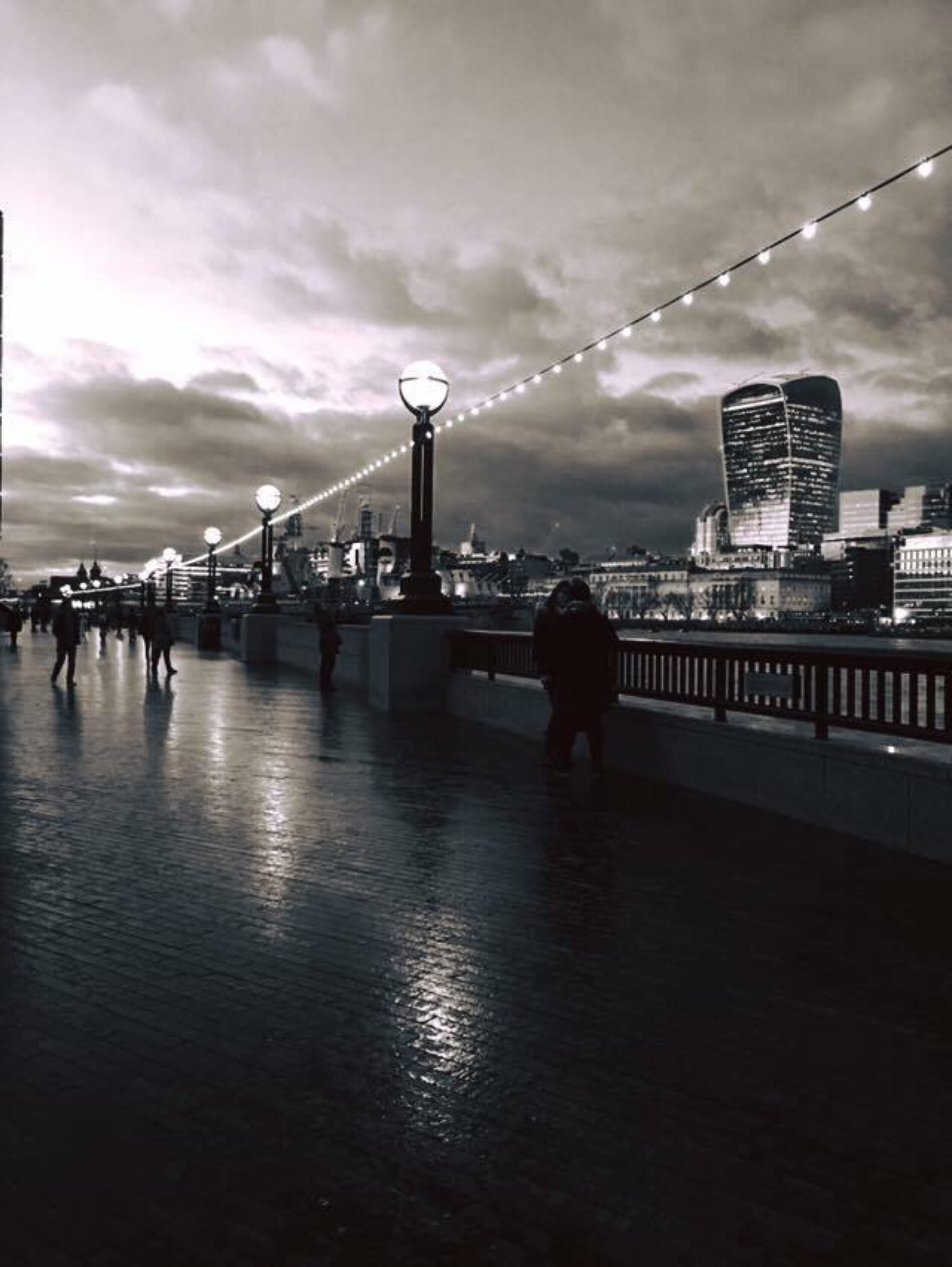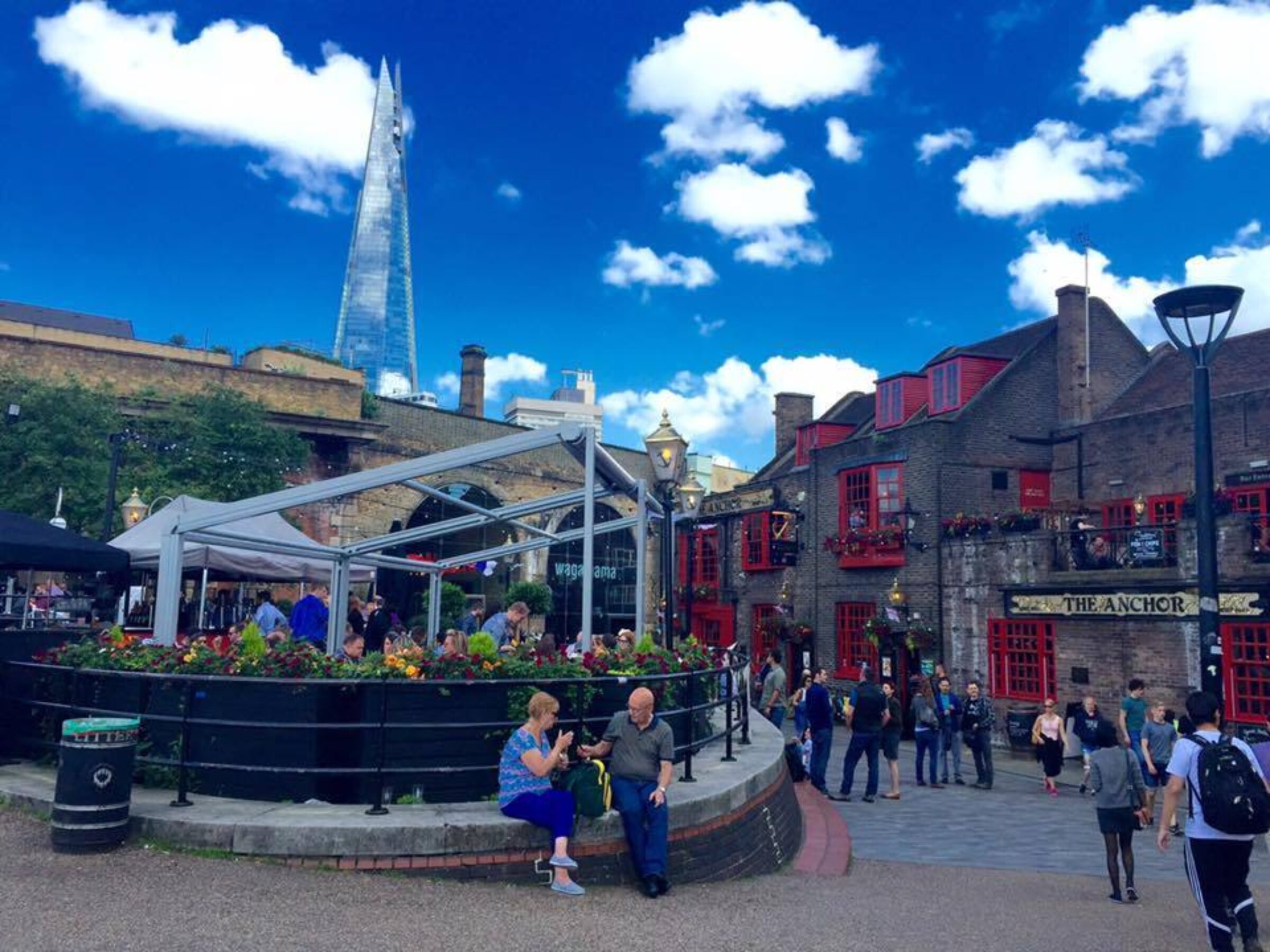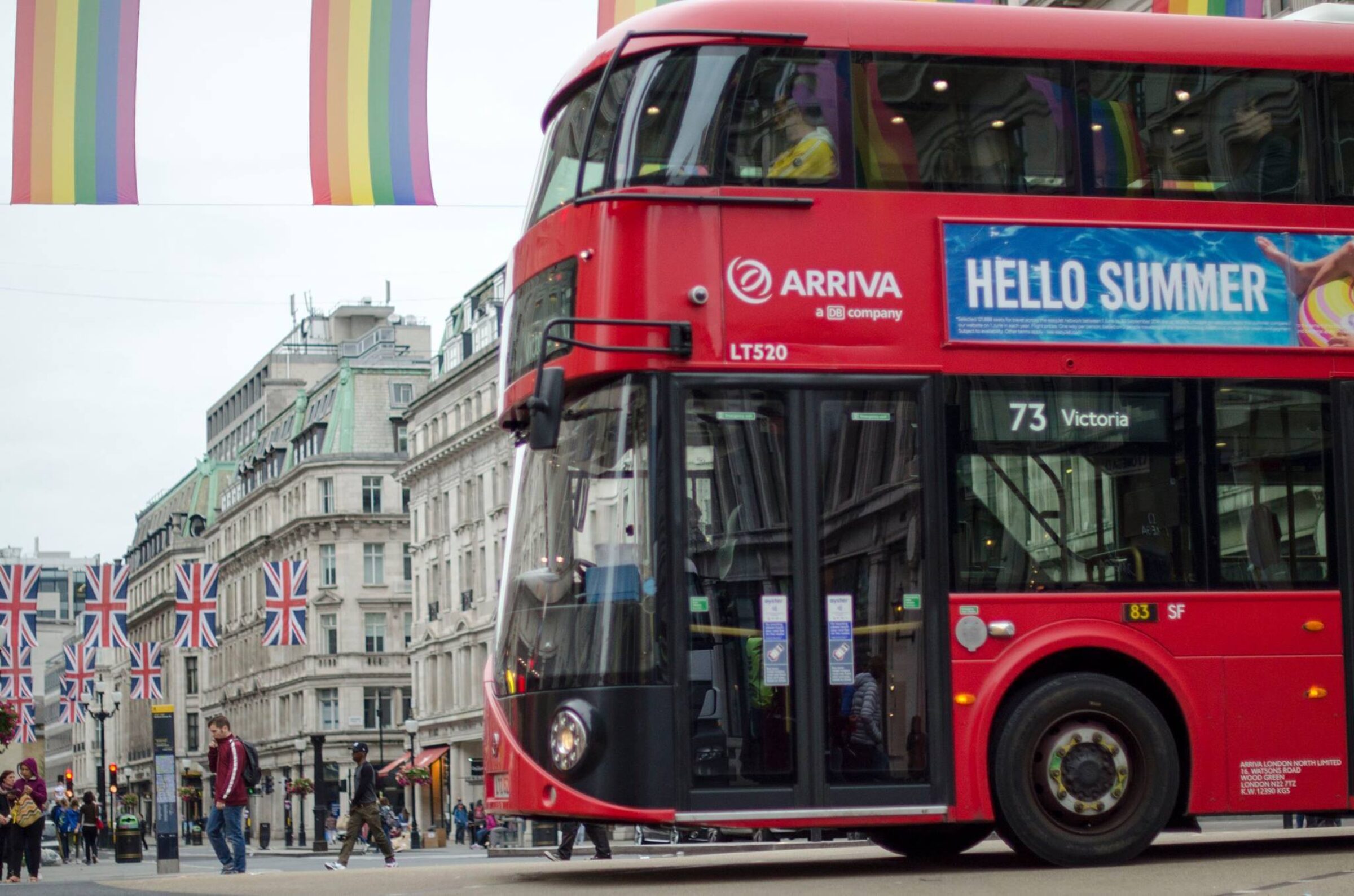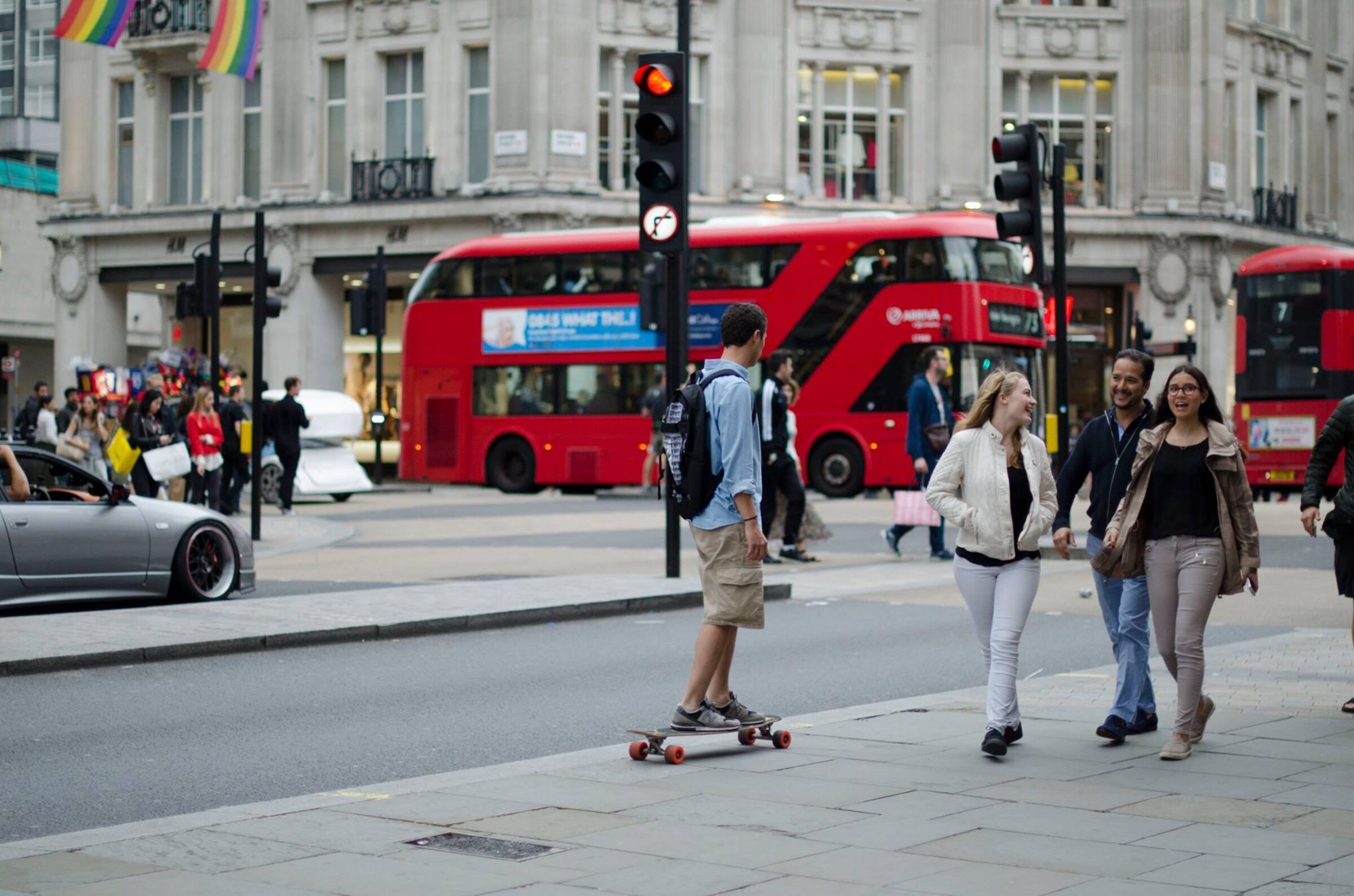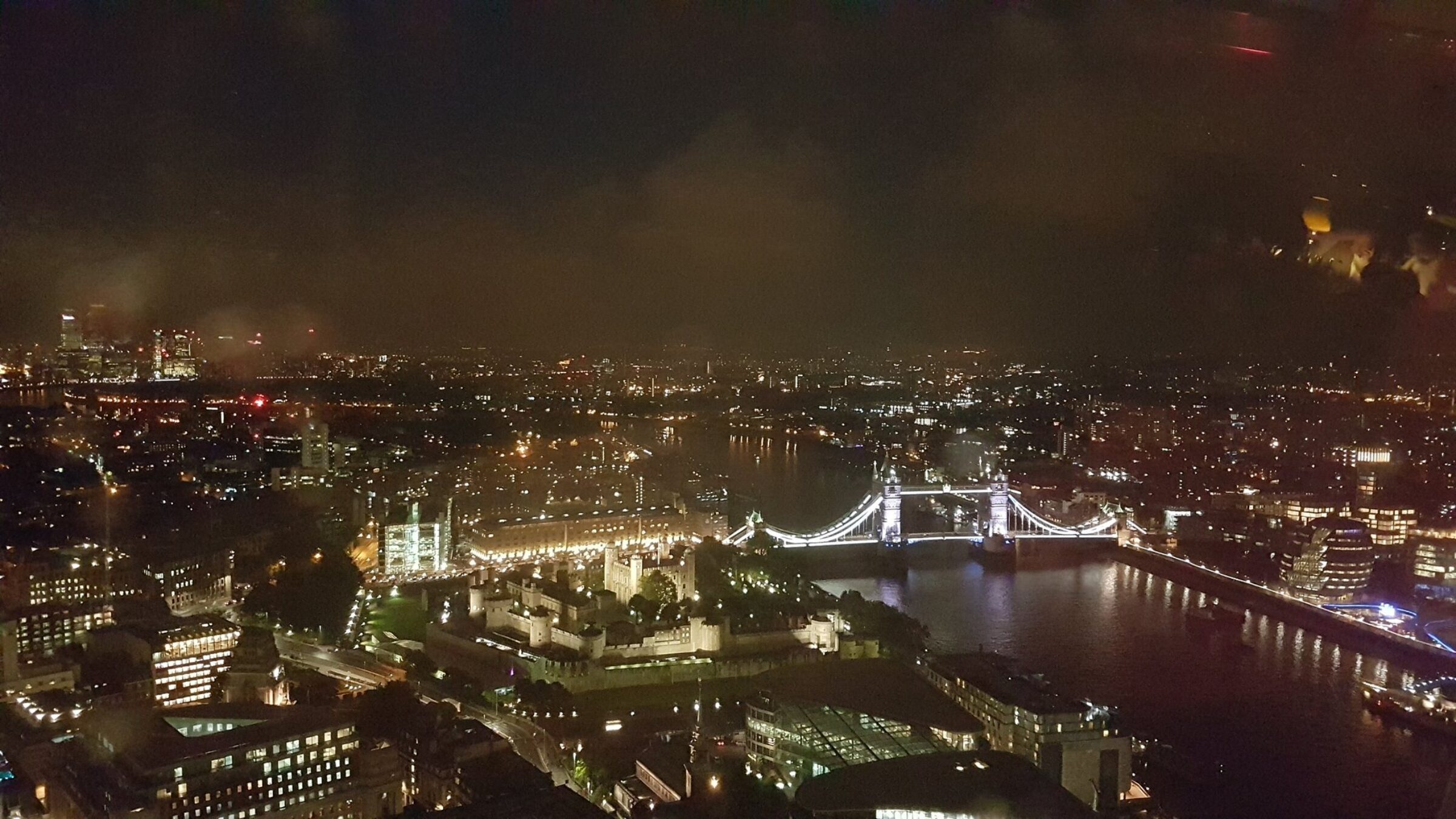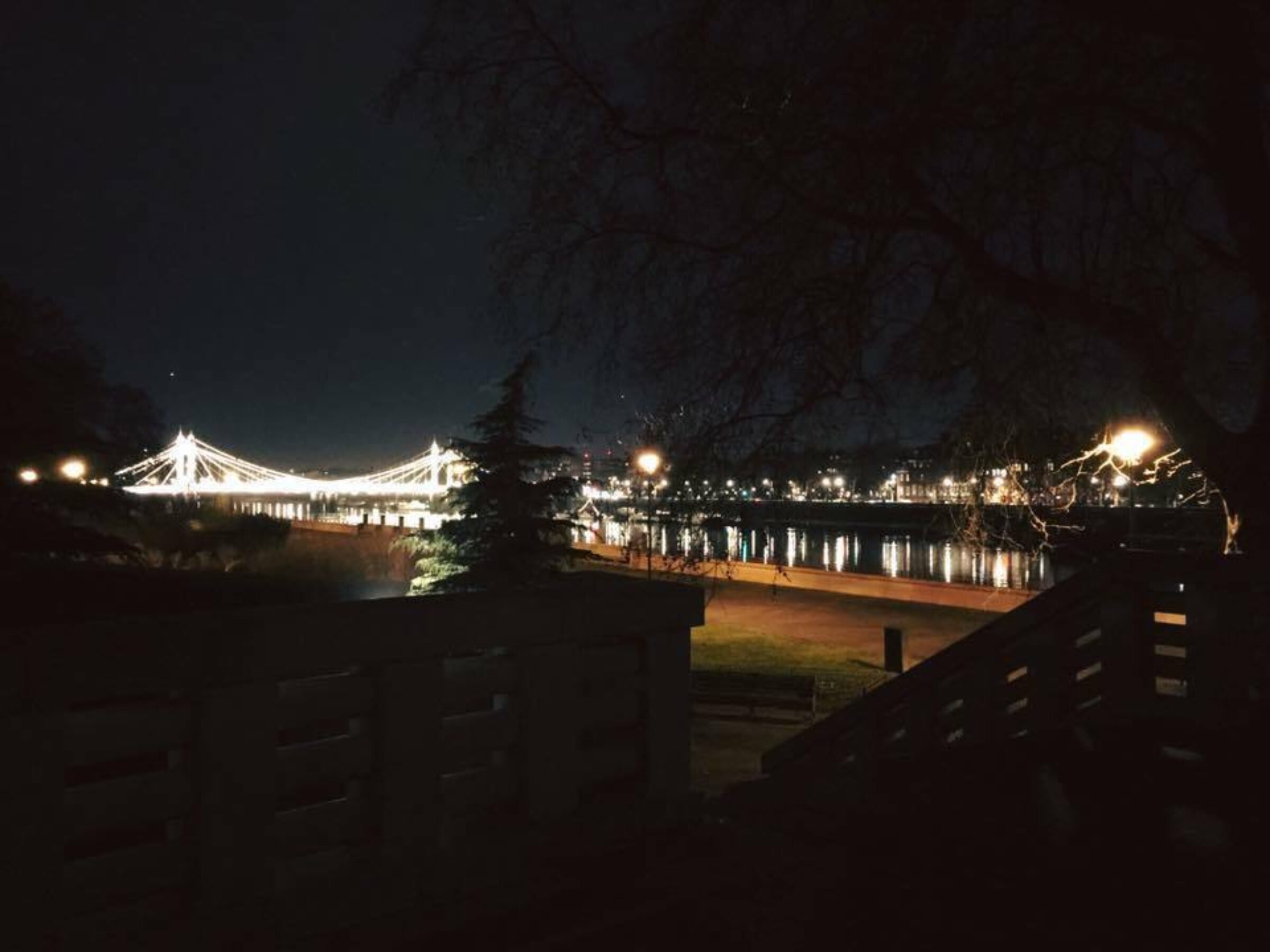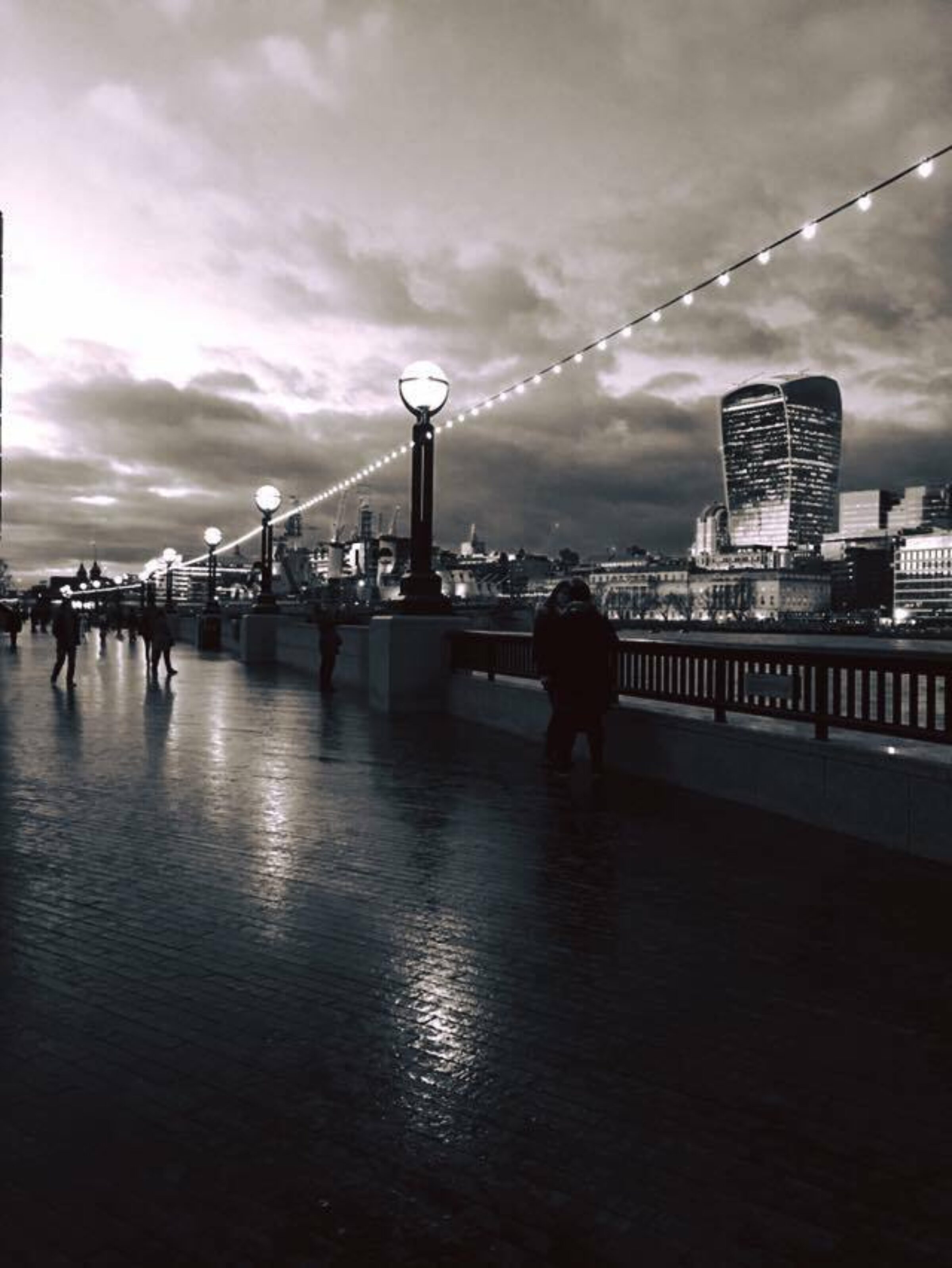A short history of the London Underground
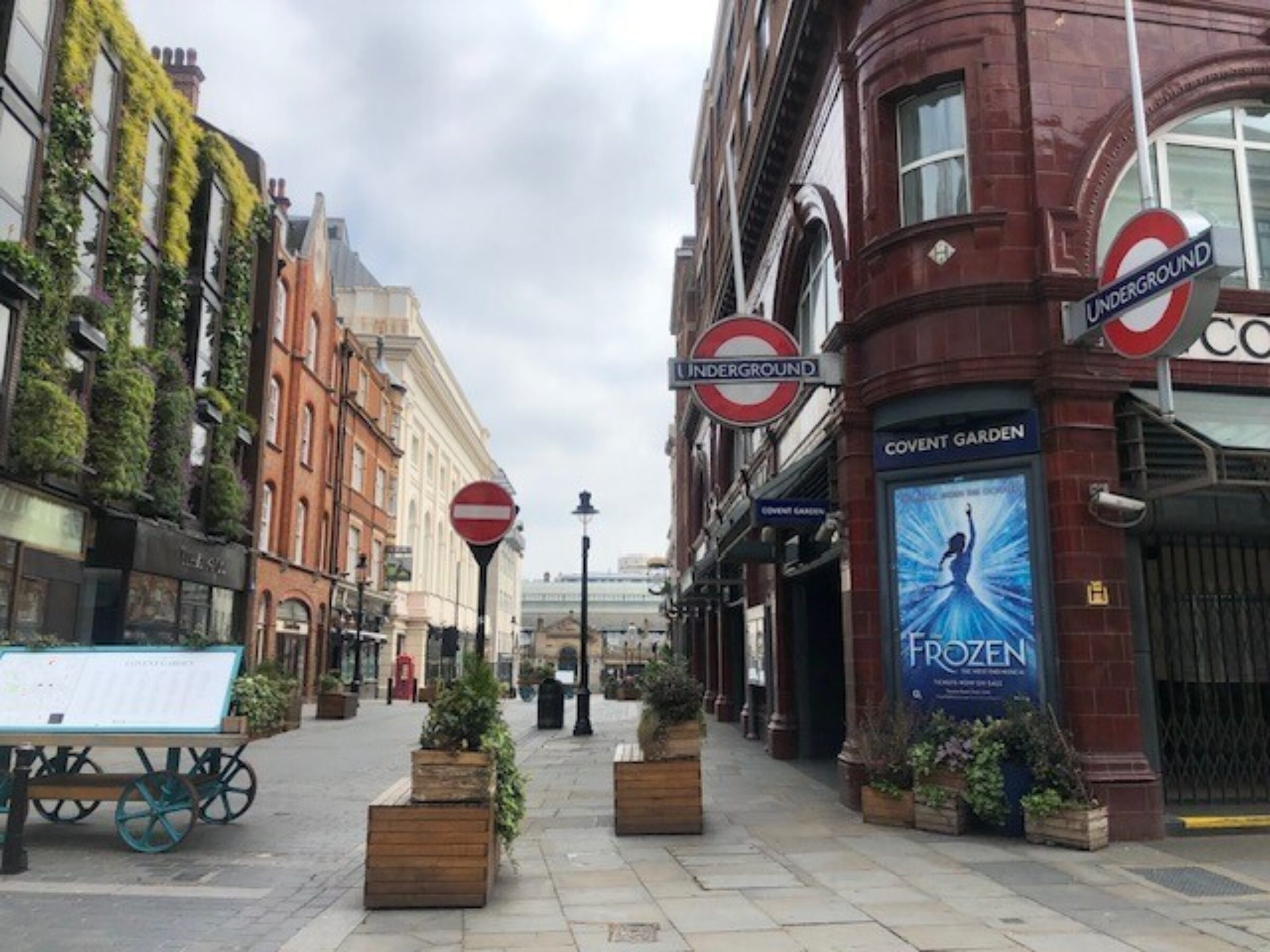
The London Underground is often called the Tube because of the shape of the tunnels. The London Underground is one of the oldest metro systems in the world, opening in 1863. When the Central Line Railway opened in 1900, it was called the Twopenny Tube, referencing the price of a ticket.
Here's a brief history of the London Tube:
Inception (19th Century)
The idea of an underground railway in London was proposed in the early 19th century. However, it was not until the 1850s that serious plans were developed. The Metropolitan Railway, the world's first underground railway, opened in 1863, running from Paddington to Farringdon. The initial line was steam-powered.
Expansion and Electrification (Late 19th - Early 20th Century)
The success of the Metropolitan Railway prompted the construction of additional lines, leading to the formation of the District and Circle lines. The electrification of the lines began in the early 20th century to address safety concerns and improve efficiency. The first electric trains ran on the City and South London Railway in 1890.
Tube Grouping (1933)
In 1933, the Underground Group, which operated several underground lines, combined with the Metropolitan Railway, forming the London Passenger Transport Board (LPTB). The LPTB undertook major expansion and improvements, introducing the iconic Harry Beck-designed map in 1933.
World War II (1939-1945)
The London Underground played a crucial role as bomb shelters during World War II. Many stations were used as air-raid shelters, and some lines were repurposed for transporting goods and munitions.
Post-War Developments and Modernization (1945-1980s)
The post-war era saw the expansion and modernization of the Underground system. New lines, such as the Victoria and Jubilee lines, were opened. The system continued to undergo upgrades, including the introduction of new rolling stock and the extension of existing lines.
Privatization and Modern Times (1990s-Present)
In 2003, Transport for London (TfL) took over the management of the London Underground from the public-private partnership. The Jubilee Line Extension opened in 1999, and the East London Line was extended and incorporated into the London Overground in the 2010s. The 21st century has seen further expansions, improvements, and the introduction of new technologies.
Challenges and Future Plans
The London Tube has faced challenges such as aging infrastructure, congestion, and occasional strikes. Efforts are ongoing to address these issues and expand the network further. Plans for new lines, like the Elizabeth Line (Crossrail), have been in progress to enhance connectivity and capacity.
Throughout its history, the London Underground has played a crucial role in shaping the city's transportation landscape and remains an iconic symbol of London.


